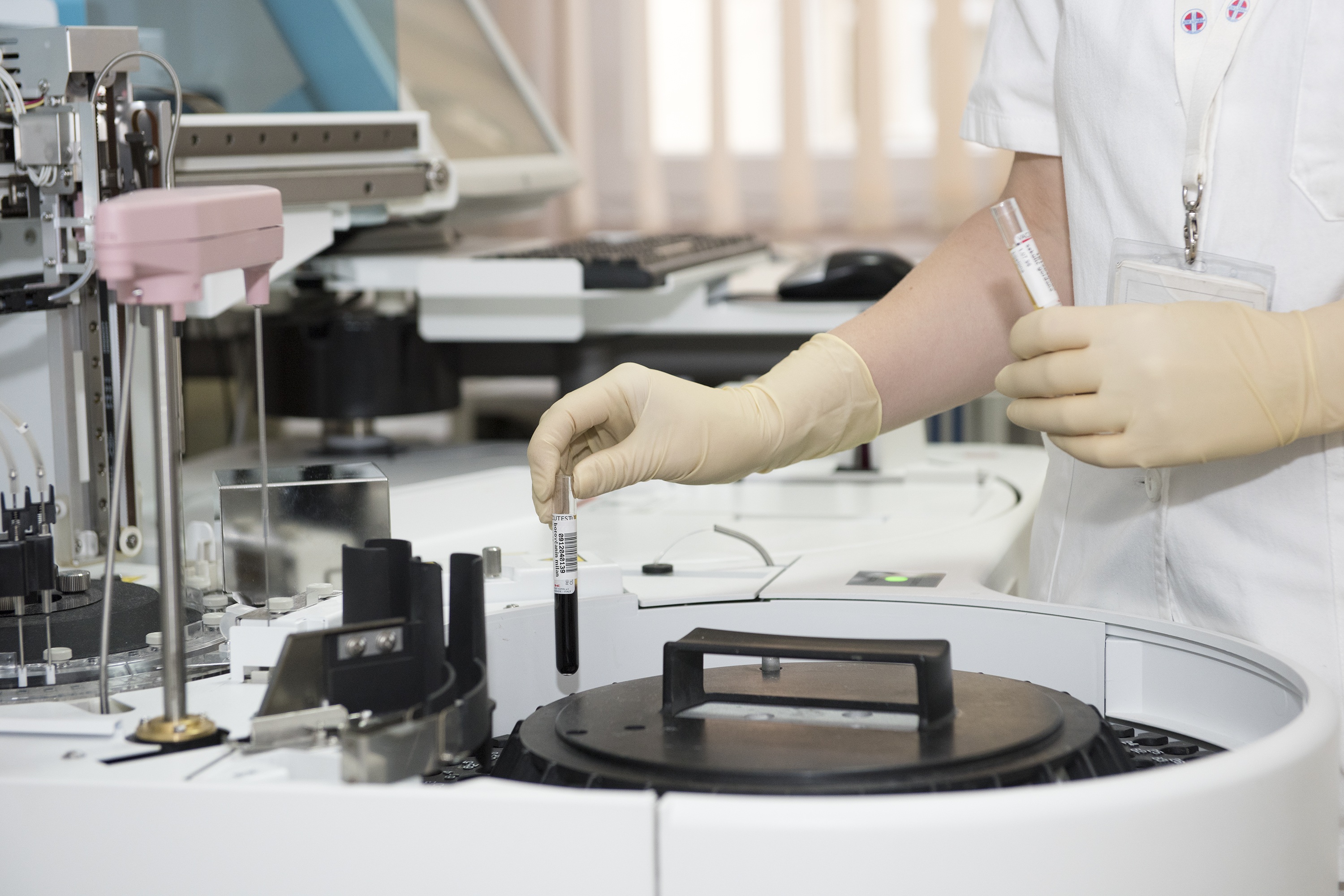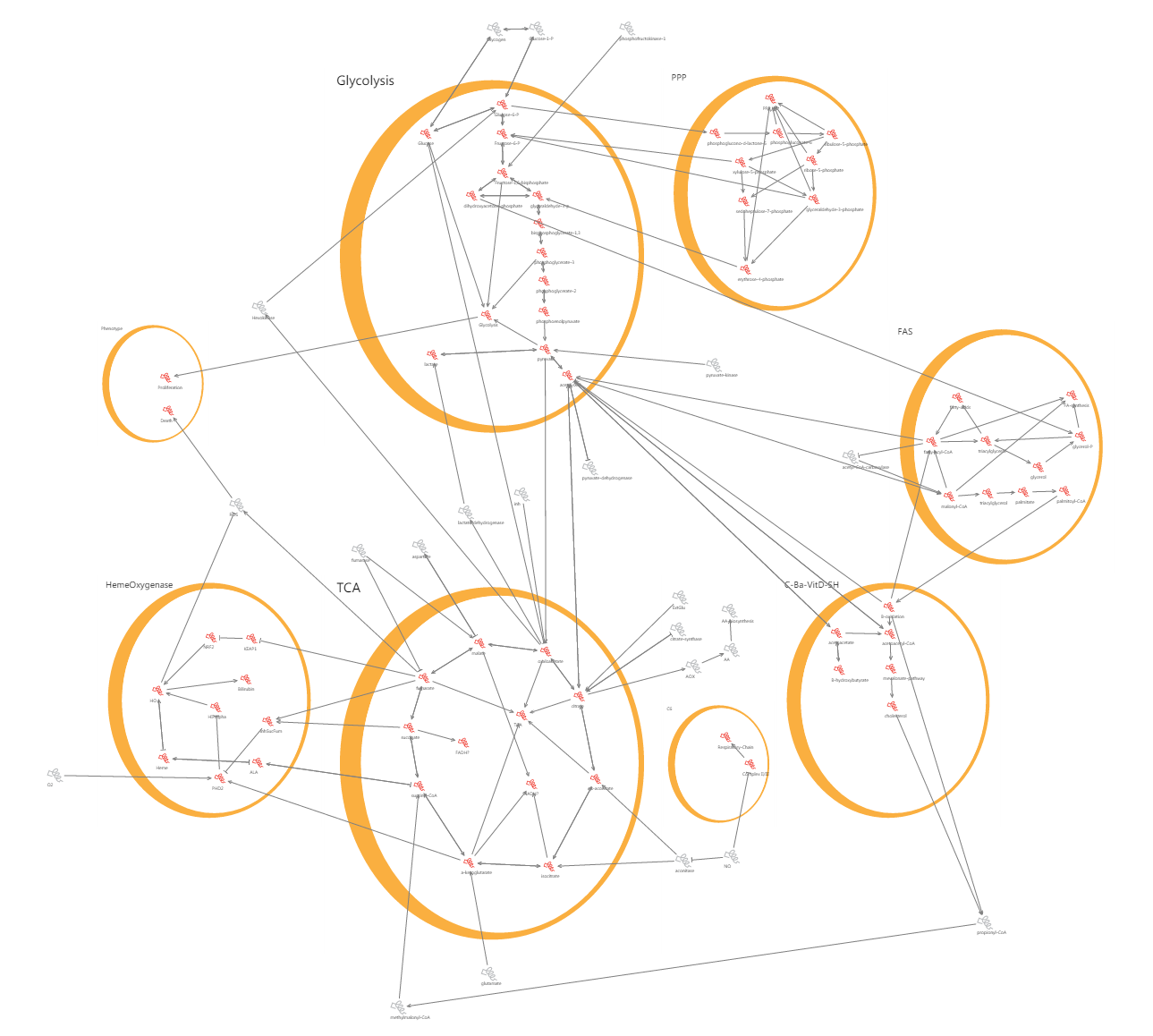By Ben Hall
Cancer is a major problem in biomedicine. While scientists have made great strides in some types of the disease, we have not been able to reduce adult mortality greatly over the past few decades.
My laboratory at the Medical Research Council (MRC) Cancer Unit at the University of Cambridge works at the interface between computer science and cancer biology, using our knowledge of the disease to build “models” of cancer – that is, mathematical representations that allow us to simulate and test our ideas, and to make new predictions.
This work, carried out in collaboration with experimental and clinical collaborators, gives us an opportunity to find new ways of understanding and eventually treating this major illness. This is particularly valuable when considering the earliest stages of cancer, where the research could aid early detection and intervention, leading to better clinical outcomes.
It requires a new set of tools, too, like the BioModelAnalyzer, which I will speak about at Microsoft’s Future Decoded event this week. The BioModelAnalyzer, developed by the Fisher group at Microsoft Research Cambridge, allows model creation and analysis through a bespoke user interface. Such tools empower experts in cancer biology to take advantage of the latest algorithms and approaches without requiring them to become computer scientists.
As a disease, cancer has been recognised for thousands of years. The earliest records of sufferers are from 3000BC in ancient Egypt, where documents and mummified bodies show an acknowledgment, if not an understanding, of the disease. In the modern day, we have made substantial leaps forward in our ability to treat specific forms of the disease. There have been major successes in the treatment of chronic myelogenous leukaemia, for example. The overall progress in treating adult cancers has been slow, however, particularly when compared with the great successes in other areas such as cardiovascular disease.
Two features of cancer present major challenges to our understanding and our ability to treat it. Despite one in two adults developing the disease in their lifetime, from a cell perspective cancer is an extremely rare failure. With 35 trillion cells in the human body at one time, only a handful will develop into cancer over a lifespan. The disease itself results from rare cancer progressing events, occurring in exactly the wrong order. Changing that order may prevent the cancer from growing, or reduce the disease’s aggressiveness. It’s hard to spot these rare events early, creating a barrier to understanding how cancers start.
The second problem is biological complexity: within each cell is a large, complex network of proteins, genes and metabolites that interact and exert different types of control on the behaviour of the cell. While we may be able to draw out some of these networks, our view on the dynamics is clouded by the fact that our understanding is incomplete, with whole pathways and precise physical measurements missing.
A model of cancer metabolism in the BioModelAnalyzer
My group at the MRC cancer unit tackles these challenges by using techniques taken from computer science. The tools developed for the analysis of software and hardware systems allow us to address these problems by using abstract models to fight the issue of complexity. Alongside this we use “model checking” approaches that can draw out rare events from a network. They do this by providing guarantees of behaviour backed by rigorous mathematical proofs, ensuring that uncommon cancer progressing acts are found.
This creates a new type of problem; how to get these methods into the hands of the people who can take best advantage of them. One solution is bespoke user interfaces. The BioModelAnalyzer takes this idea forward; a web interface allows bioscientists to construct and analyse models, while abstracting the underlying computer science research away. In addition to connecting the tools to a new audience, it also speeds up the work of experts in the field by simplifying the model construction process.
My own laboratory has used this to understand the role of membrane proteins in determining the cells response to nearby tumours, as well as cellular metabolism and the cell cycle. These new models give us unique insights into the drivers of cancer, and help us explain why some drugs may fail. We can also identify new targets for drug development, and suggest treatment combinations that have not yet been explored. With these unique opportunities, these results show why bringing computer science techniques to biology has a bright future.
Ben Hall is a programmer and computational biologist at the University of Cambridge









